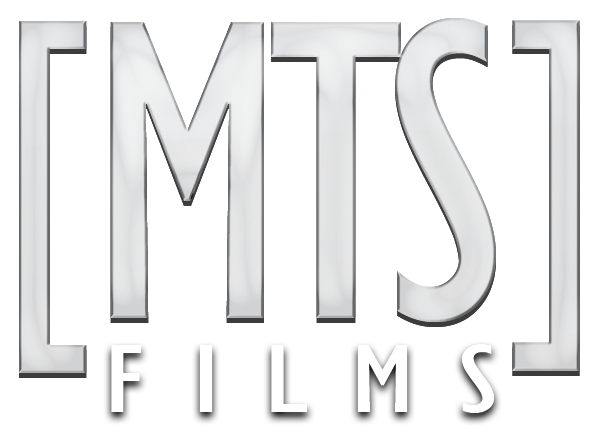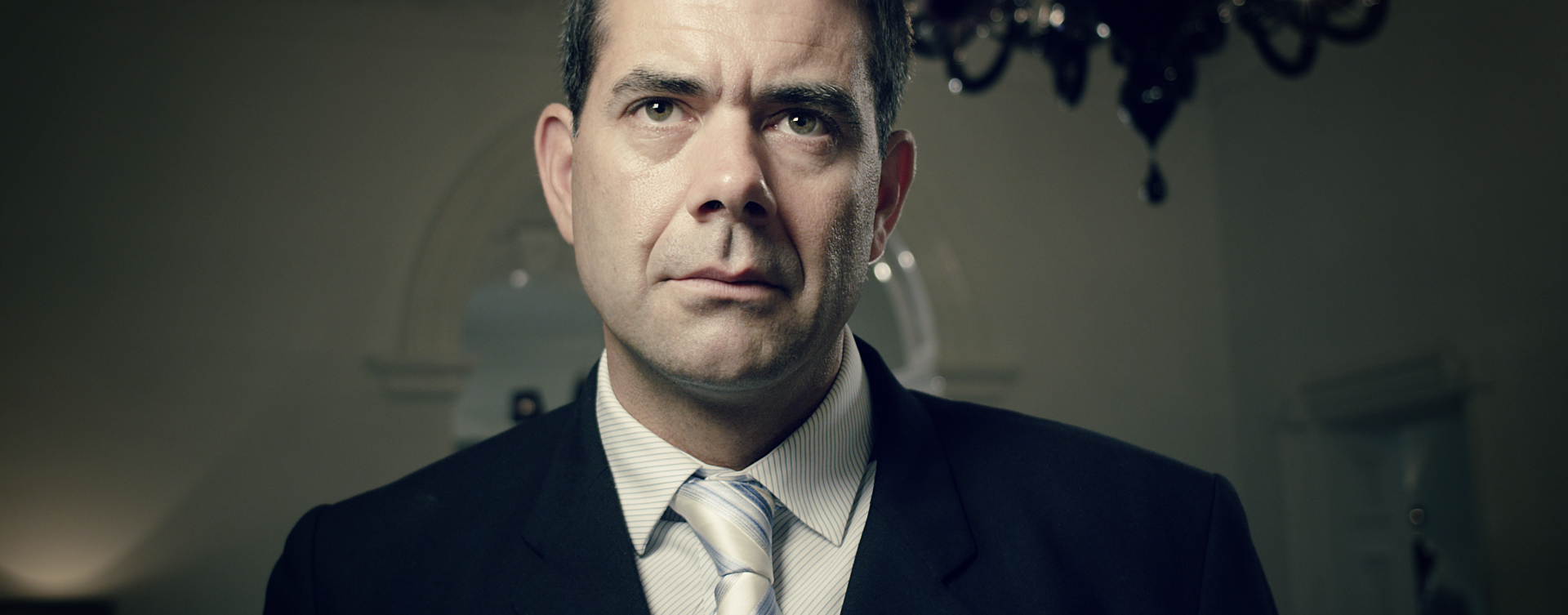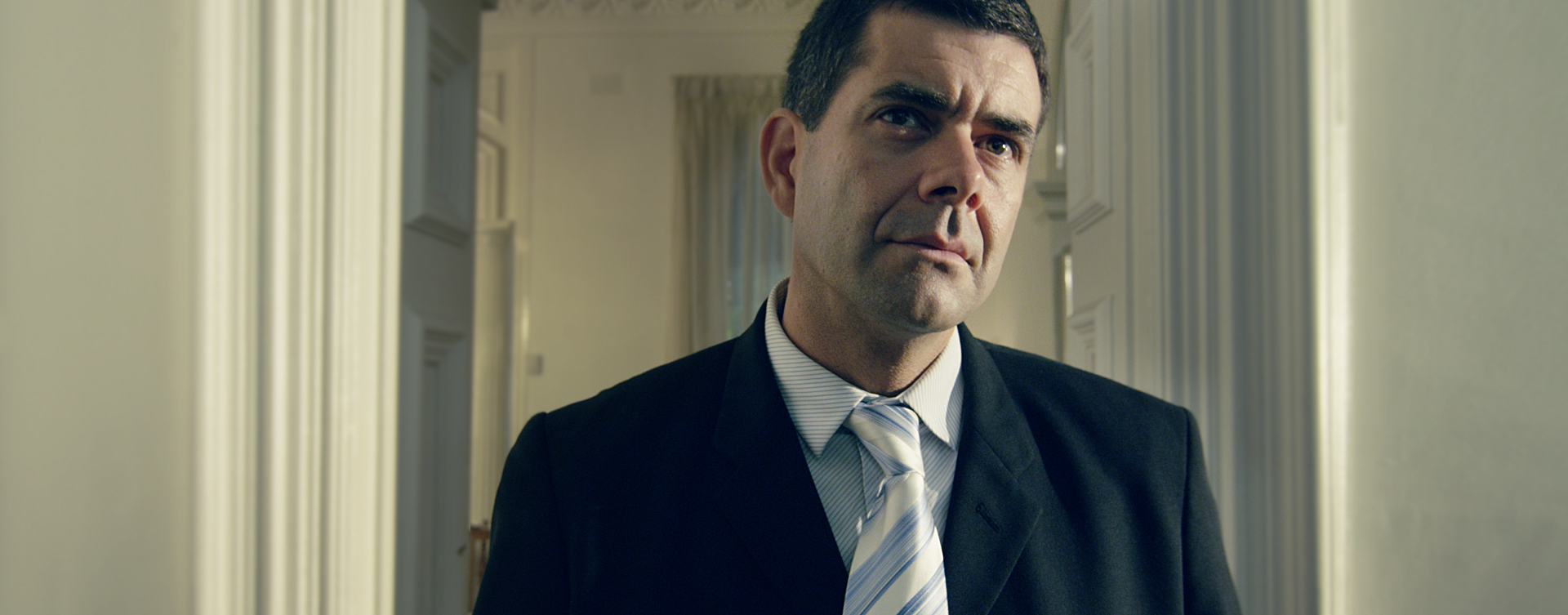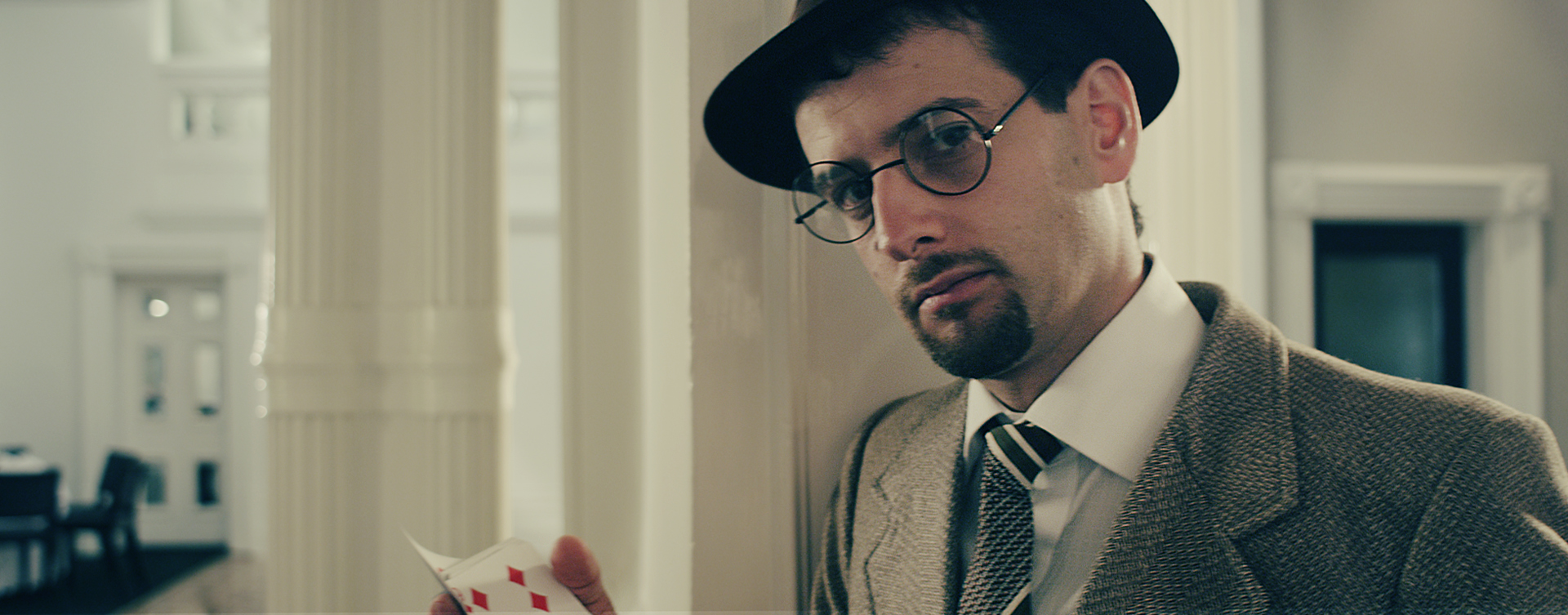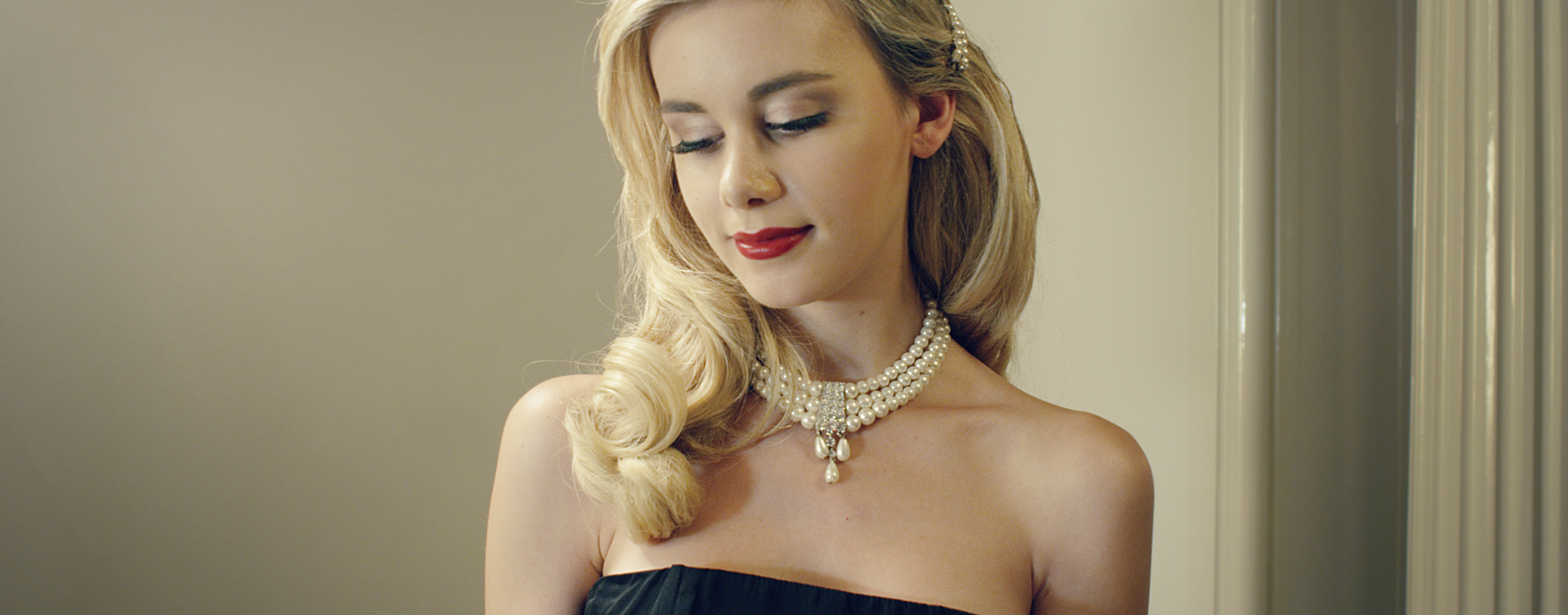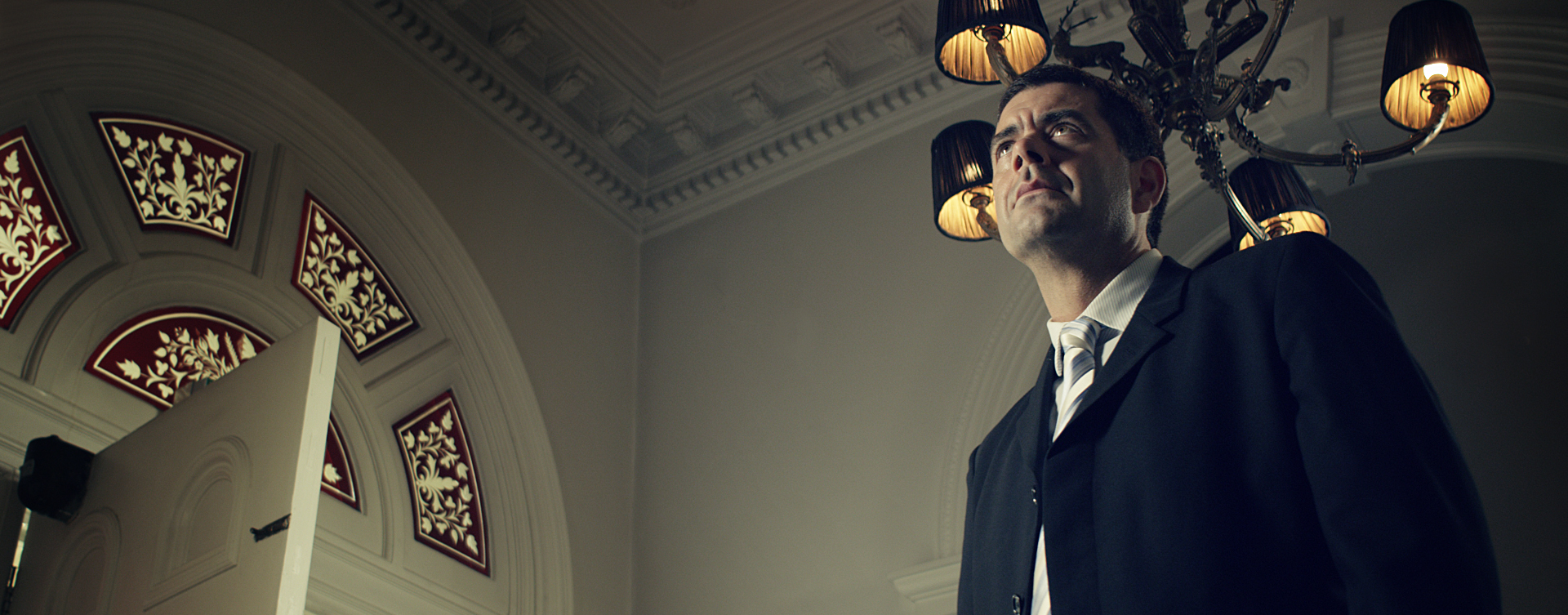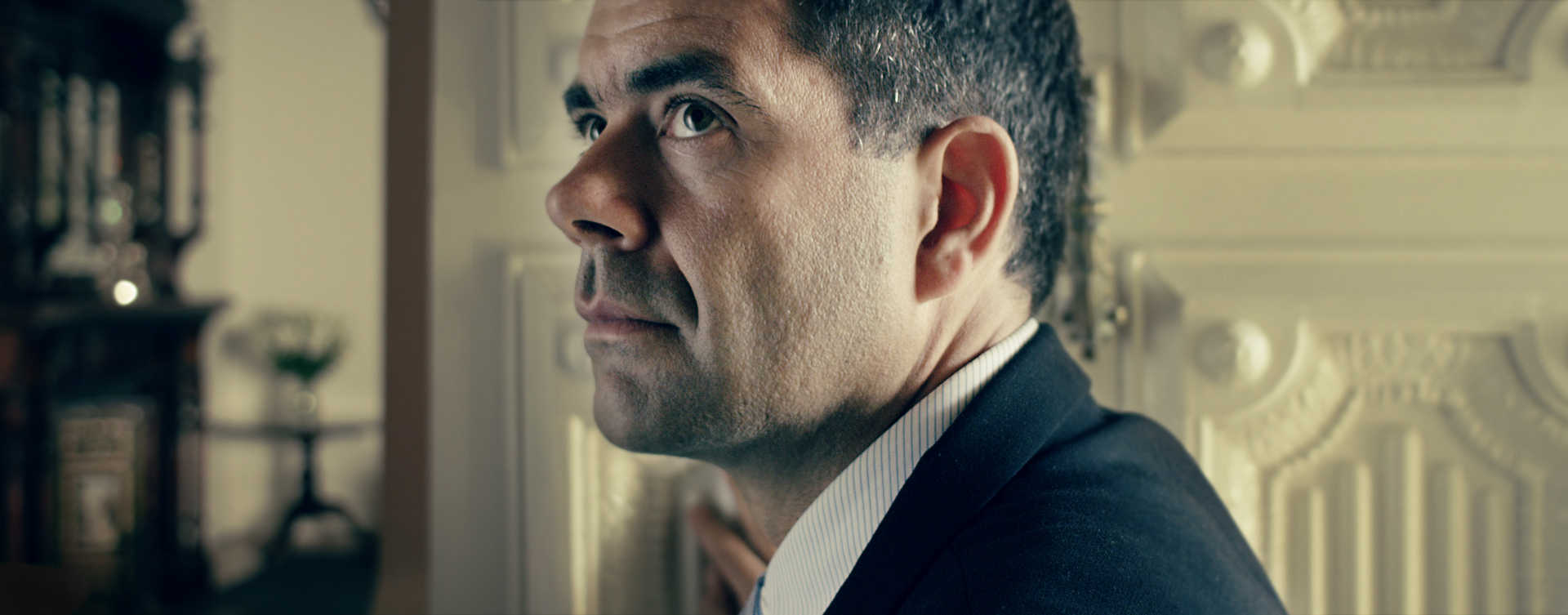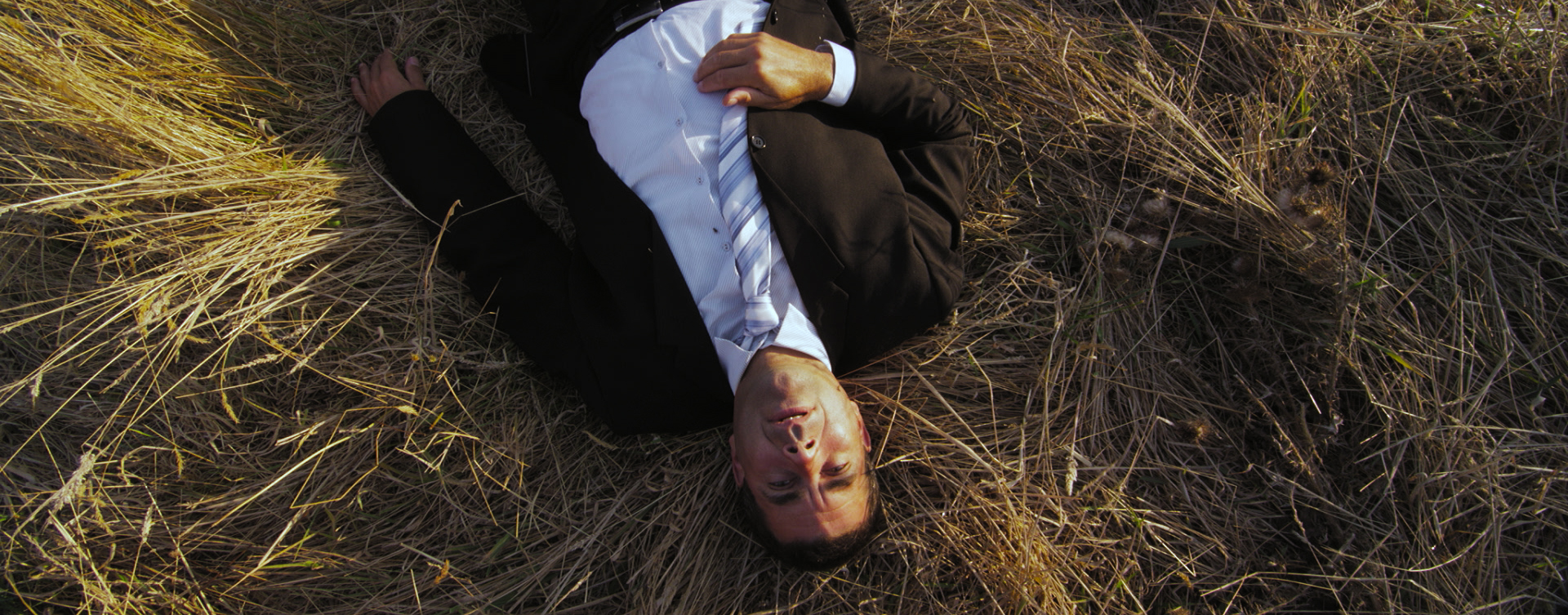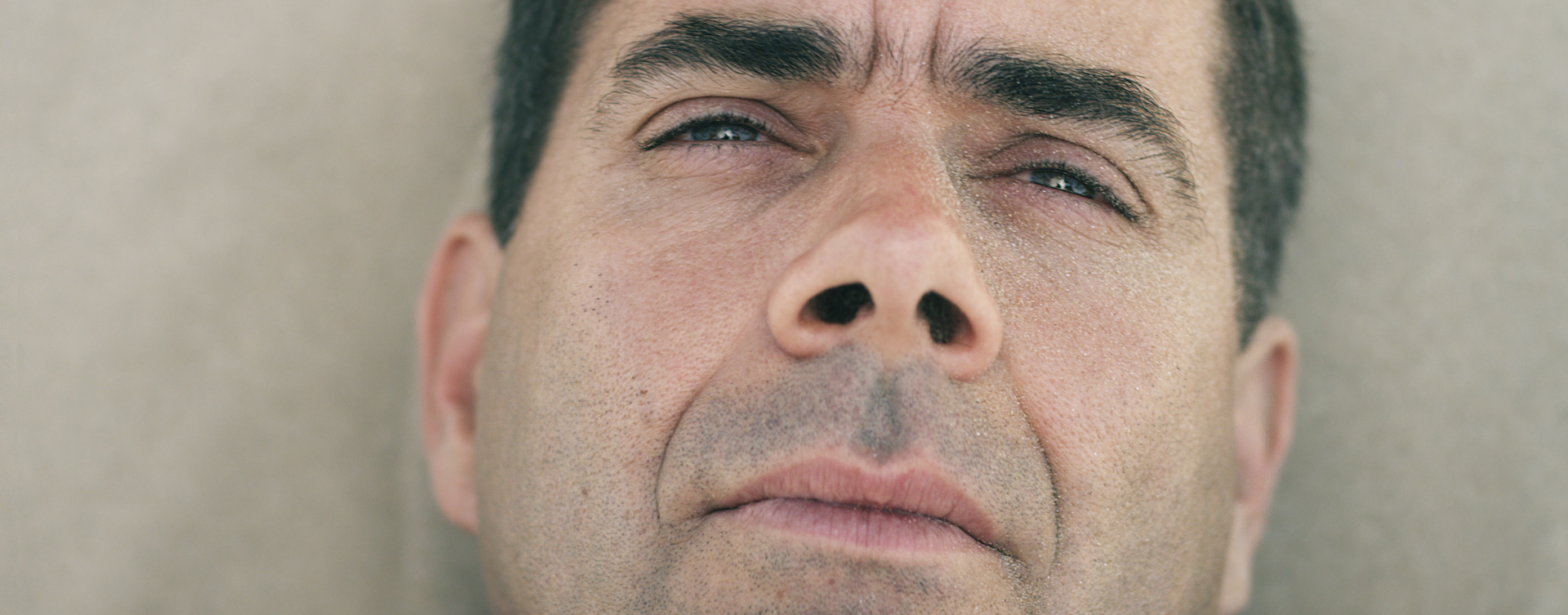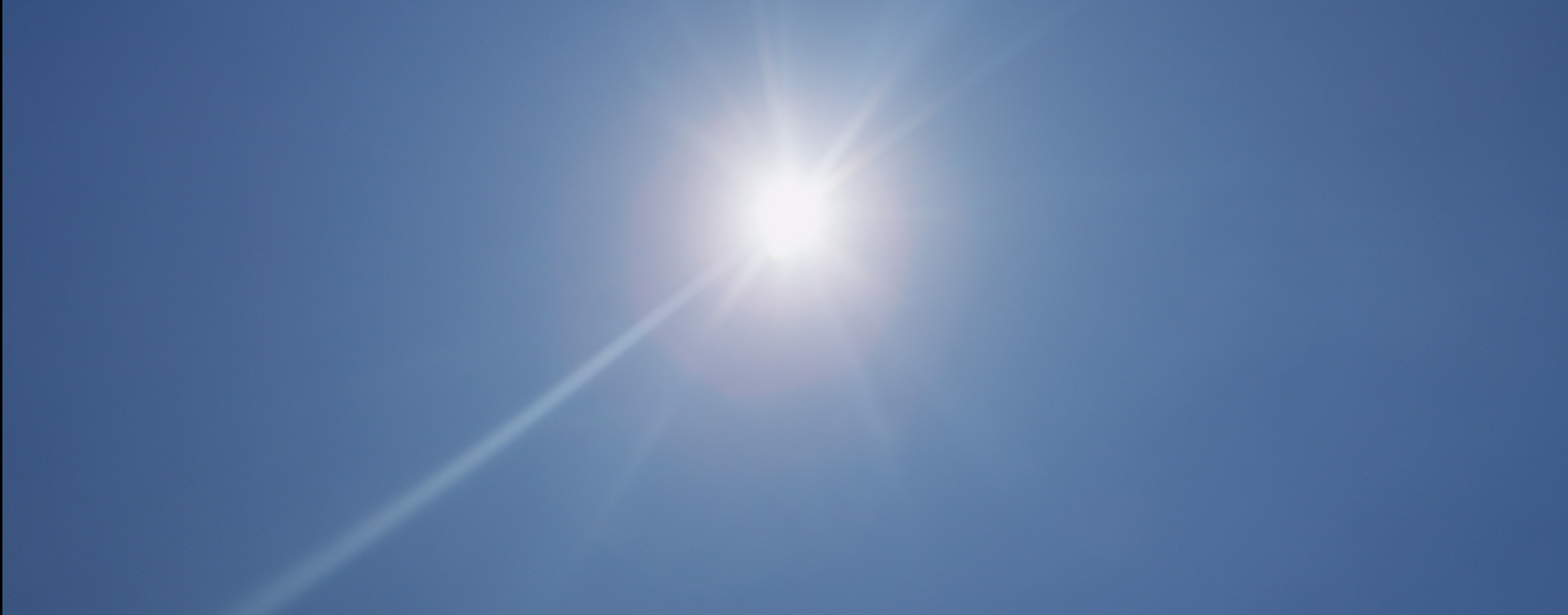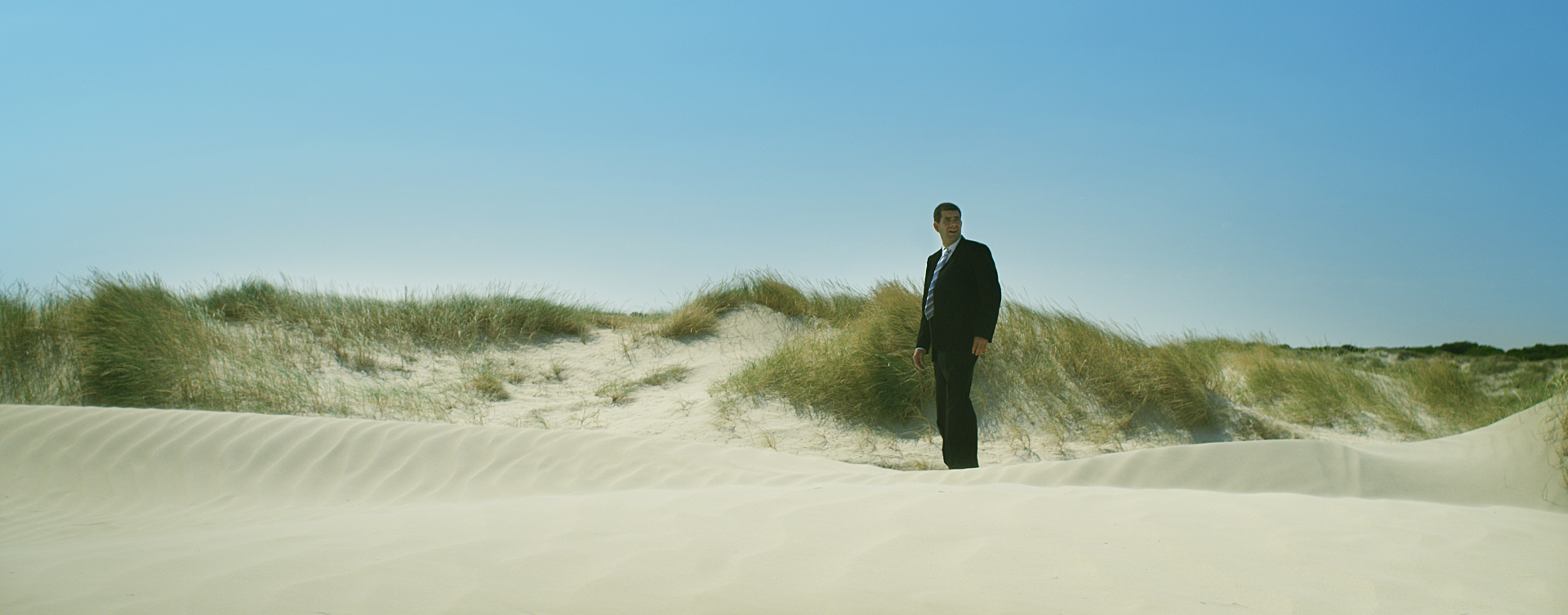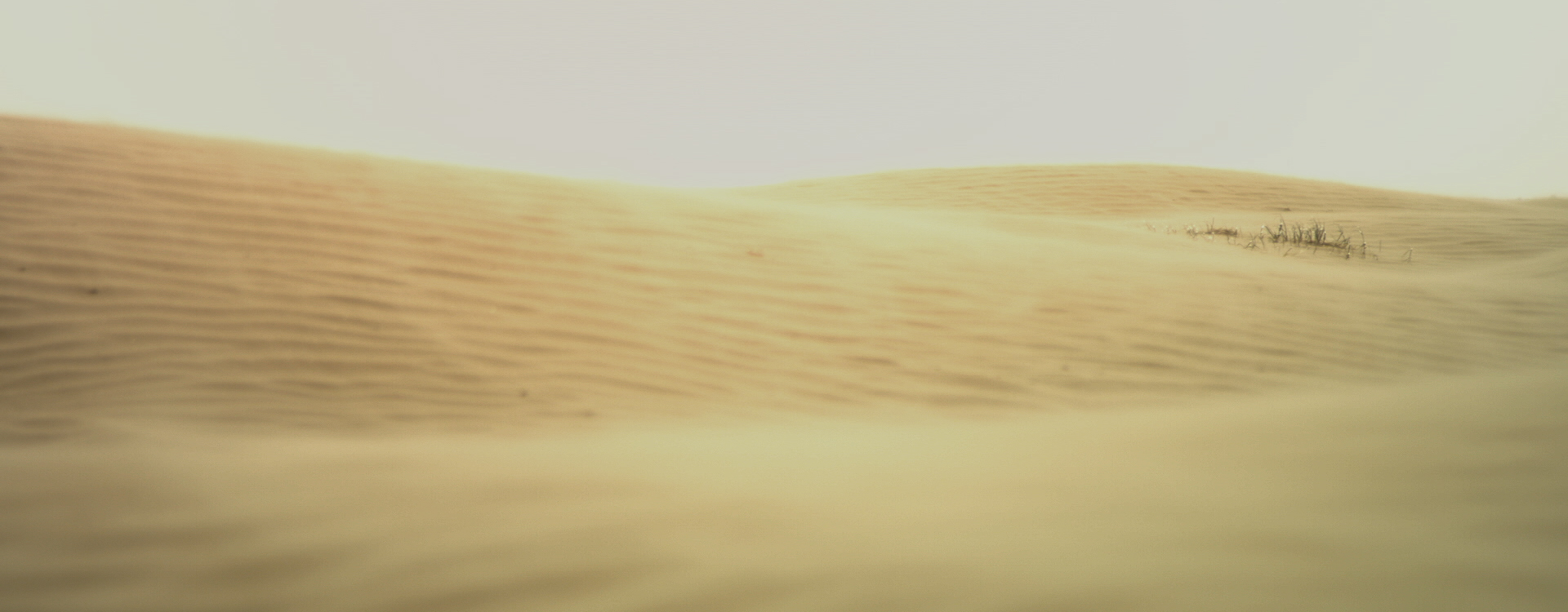I've
owned and operated my own RED camera for over a year now and I feel
like I'm only JUST beginning to feel at one with it. Part of that is
because I like to learn from experience, but it's also an entirely
different beast compared to any camera I've ever shot with. Sure, the
basics of exposure are all the same, however, it can be tricky when you
look at your monitor and think to yourself, "Sweet! That looks
awesome!", only to find when you get back to the edit suite, it's noisy
as hell and something clearly isn't right.
If
you browse the internet, looking for "what are the best exposure
settings for my red camera", no doubt you'll be confronted with
conflicting opinions. RED's "Mysterium-X" sensor, although beautiful, is
fairly old technology. It's RED's second generation sensor. Let's think
about that for a second. RED is a baby company, in terms of age. They
released their very first digital cinema camera (some say THE world's
first affordable digital cinema camera) back in 2006. That's not very
long ago....compared to the giants like Sony and Panasonic. So, my point
is, although they are literally changing the industry with
ground-breaking inventions every year, they've started from nothing,
not very long ago. This brings me back to the Mysterium-X sensor, the
one found in their flagship camera, the RED Epic and also the RED
Scarlet. As amazing as these cameras are, if you compare their
low-light sensitivity to say, a Canon C300, well....you just can't. The
Canon, in terms of light sensitivity and low-noise is absolutely jaw
droppingly impressive, and it blows the Epic out of the water. But let's
not forget that in every other aspect, RED wins, hands down.
Resolution, compression, modularity, bit-depth, dynamic range, etc, etc,
etc. Hollywood Blockbuster's are shot on RED for a reason.
However...
That sensor. It needs light, but it also needs to be understood.
Have
you ever looked at RED footage and thought...."YUK! It's so brown/grey
and murky!" or something similar? That's because the camera is good. Not
bad. Those brown and murky, super flat images you may have seen are the
result of poor post production, bad exposure or usually, a combination
of the two. As soon as you understand RAW, how to expose accordingly,
and the power you have in post, you will quickly begin to see why
there's so much hype about these cameras, why the greats use them on
their feature films, and how YOU can tap into that awesomeness. So, if
you've shot RED before and felt disappointed with the results...rest
assured, it was YOU! Not the camera hehe....Now that didn't sound very
nice...sorry about that. But it's true. This camera requires YOU to be
great, and for me personally that was the hardest thing to swallow when I
shot with the Scarlet for the first couple of months.
In the
tutorial below, I talk about exposure, noise, working with RAW and how
to use curves to quickly get footage looking lovely. It's nothing too
deep, but there's info in there that would have given me a 6 month head
start to where I am now, so I'm hoping it helps others out there. (let
me know!)

